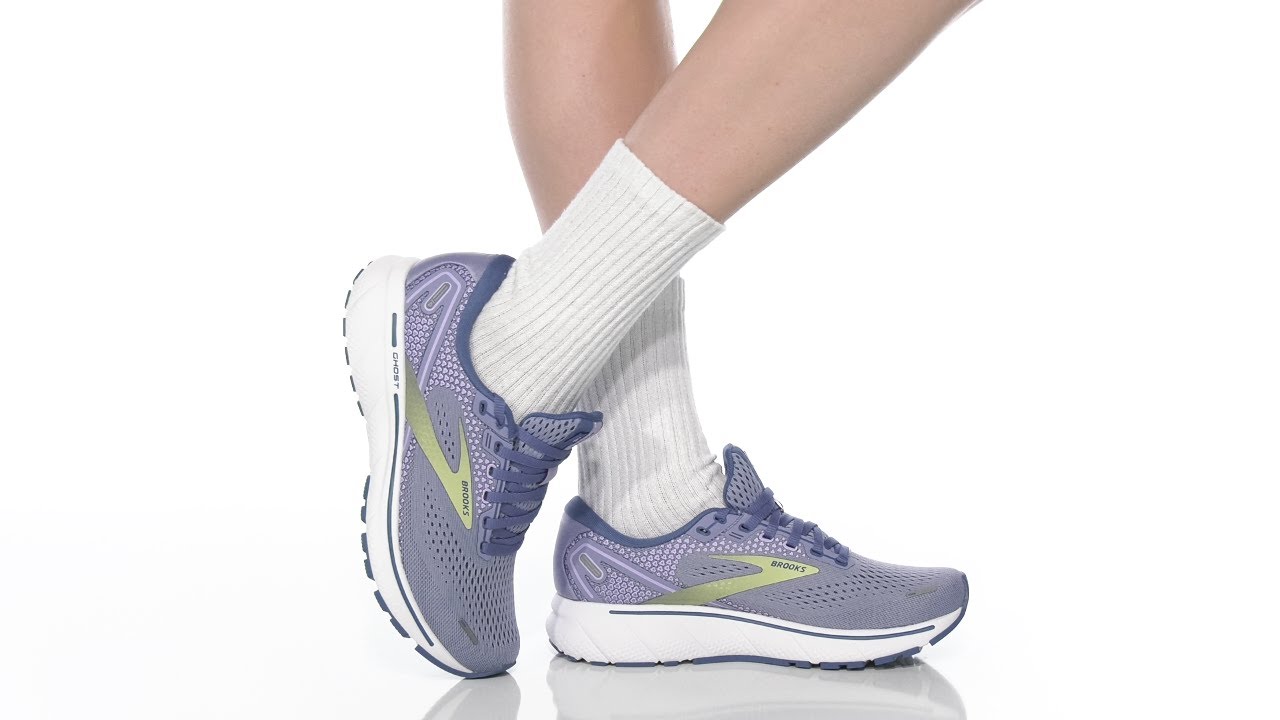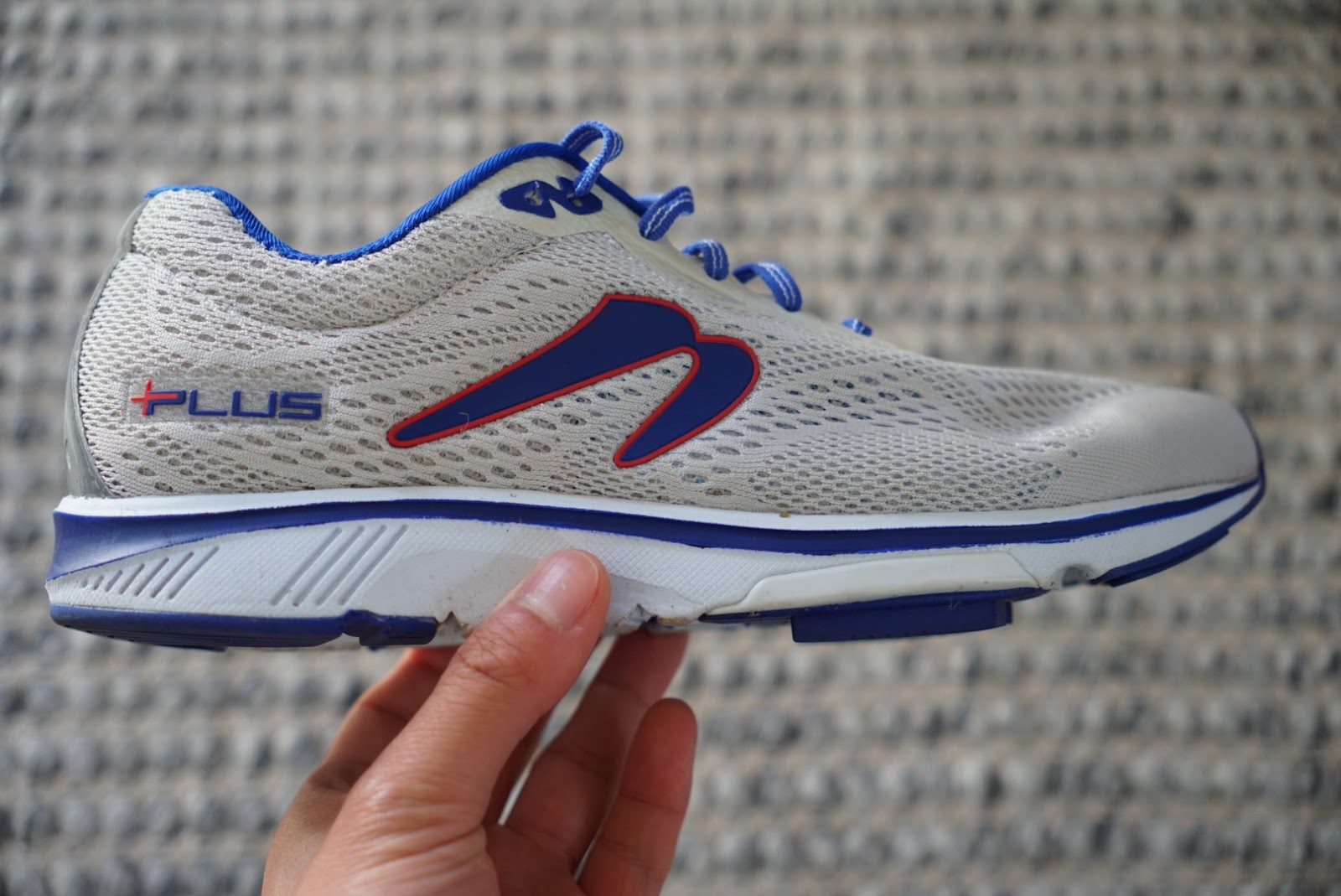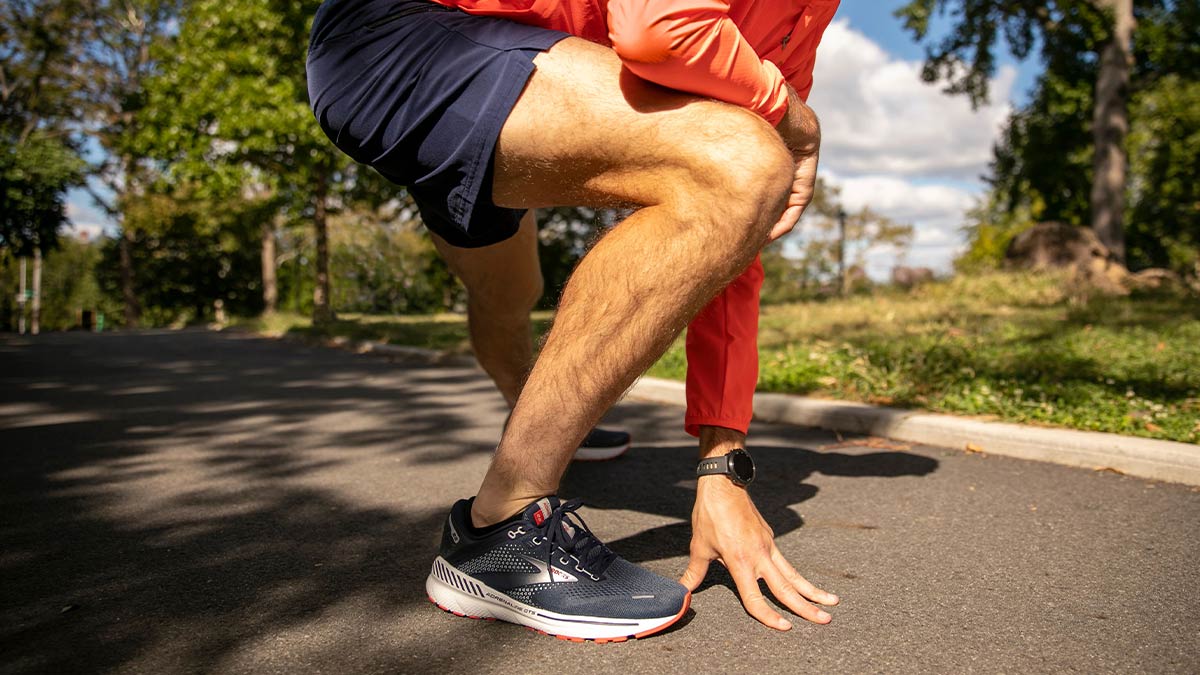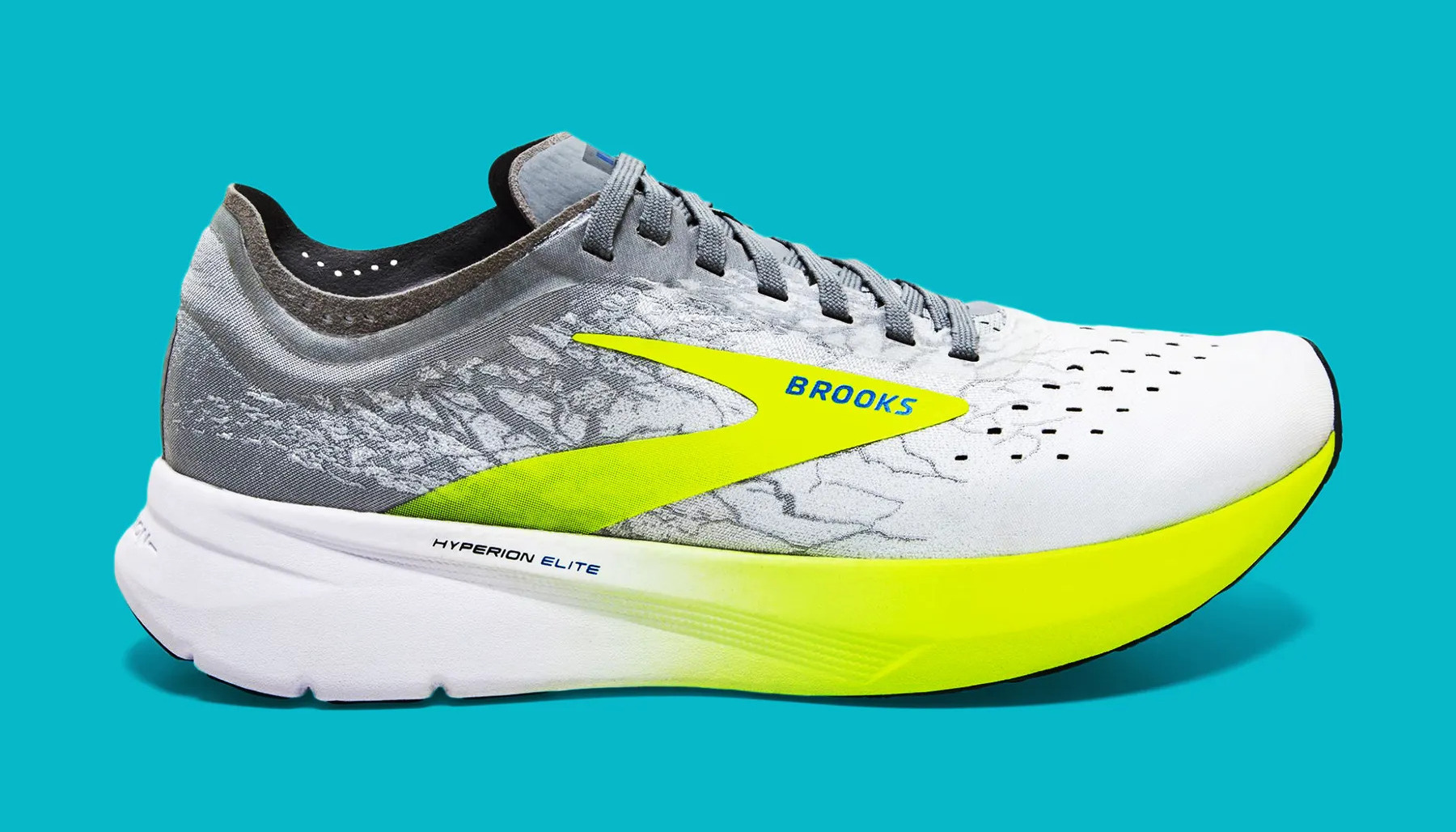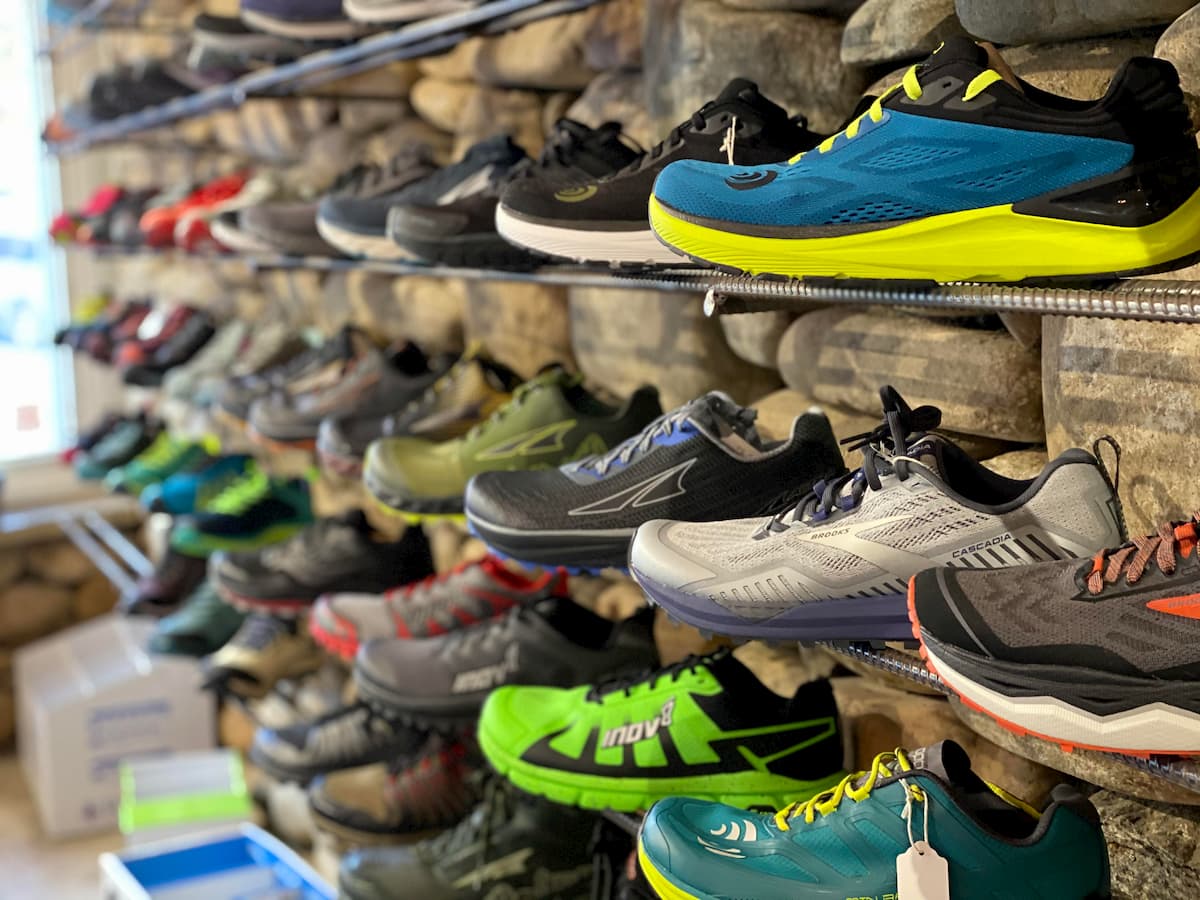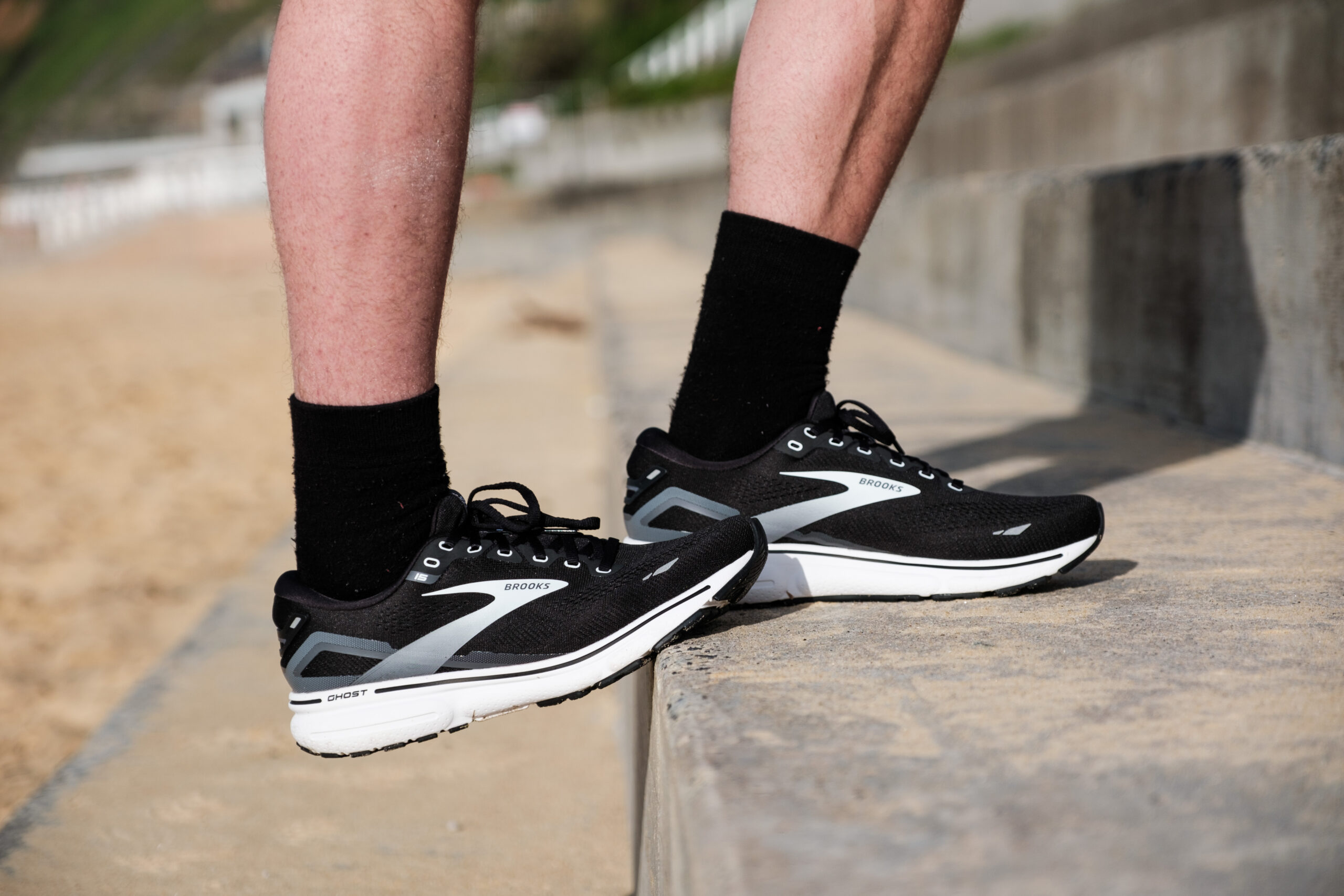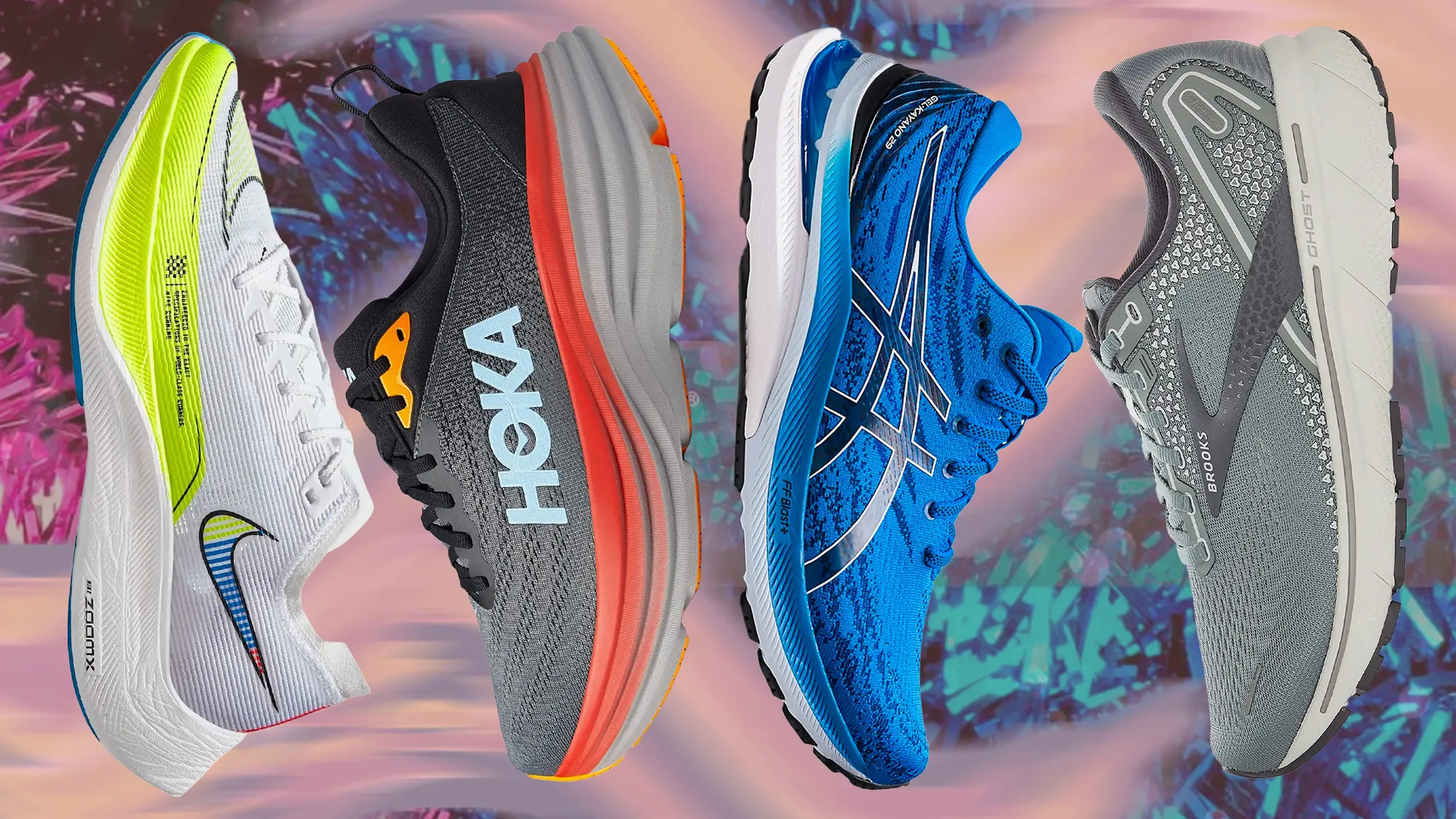Home>Misc>Brands>How Many Miles Running Shoes Replace Brooks


Brands
How Many Miles Running Shoes Replace Brooks
Modified: August 18, 2023
Looking for the best running shoe brands? Find out how many miles you need to replace your Brooks running shoes for optimal performance.
Introduction
Running shoes are an essential piece of equipment for every runner. They provide cushioning, support, and stability, helping to prevent injuries and enhance performance. However, like any other gear, they eventually wear out and need to be replaced. One popular brand in the running community is Brooks, known for its quality craftsmanship and innovative designs.
But how do you know when it’s time to replace your Brooks running shoes? Is there a specific mileage or a certain timeframe to follow? In this article, we will explore the factors to consider when deciding whether to replace your running shoes, specifically focusing on the lifespan and durability of Brooks running shoes. We will also discuss guidelines for determining the number of miles you should run before considering a replacement.
It’s important to note that there is no one-size-fits-all answer to this question. Every runner is different, and factors such as running style, body weight, terrain, and frequency of use can all impact the lifespan of your shoes. However, understanding the general indicators and guidelines can help you make an informed decision.
So, if you’re a dedicated runner and want to get the most out of your Brooks running shoes, keep reading to learn how to determine when it’s time for a replacement.
Factors to Consider Before Replacing Running Shoes
Before jumping into when to replace your running shoes, it’s important to consider a few key factors. These factors can help you assess the condition of your shoes and make an informed decision:
- Visible wear and tear: Inspect your shoes for any visible signs of wear and tear. Look for frayed stitching, holes in the upper, or worn-out soles.
- Decreased cushioning and support: Over time, the cushioning and support in your running shoes can break down. If you start to feel discomfort or notice a significant decrease in cushioning, it may be time to replace them.
- Increased risk of injury: Running in worn-out shoes can increase your risk of injuries such as shin splints, plantar fasciitis, or knee pain. If you’re experiencing unusual discomfort or pain during or after your runs, it might be a sign that your shoes are no longer providing adequate support.
- Changes in shoe shape: Pay attention to any changes in the shape of your shoes. If they no longer hug your feet properly or feel loose, it could be a sign of worn-out materials.
- Odor and hygiene: Excessive sweating during runs can lead to a buildup of bacteria in your shoes, resulting in a foul odor. If your shoes have a persistent smell, despite proper cleaning, it might be time to replace them.
While these factors can serve as indicators, it’s important to remember that everyone’s running experience is different. Some runners may need to replace their shoes more frequently due to higher mileage or specific foot conditions. Others may find that their shoes last longer due to their running style or lighter body weight.
Use these factors as a starting point for assessing the condition of your running shoes, but ultimately trust your own comfort and judgment.
Brooks Running Shoes: Lifespan and Durability
Brooks is a well-known and respected brand in the running community, renowned for producing high-quality running shoes. When it comes to the lifespan and durability of Brooks running shoes, several factors come into play. Understanding these factors can help you gauge the longevity of your shoes and determine when it’s time for a replacement.
Firstly, the lifespan of Brooks running shoes can vary depending on the model and series. Different shoes are designed for different purposes and have varying levels of durability. For example, shoes built for speed and racing may not last as long as those designed for long-distance running and maximum cushioning.
Additionally, the durability of Brooks running shoes can be influenced by factors such as:
- Mileage: The more you run, the quicker your shoes will wear out. Higher mileage runners may need to replace their shoes more frequently, typically ranging from 300 to 500 miles.
- Running surface: The type of surface you primarily run on can also impact the lifespan of your shoes. Running on rough and abrasive surfaces like trails or concrete can cause more wear and tear compared to running on softer terrains.
- Running form: Your running gait and form can affect the distribution of impact throughout the shoe. If you notice excessive wear in specific areas of the outsole or midsole, it could be a sign that your running form is causing uneven wear.
- Proper care and maintenance: Regular cleaning and proper care can extend the lifespan of your Brooks running shoes. Keeping them dry, removing debris, and rotating between multiple pairs can help prevent premature breakdown.
It’s important to note that even with the best care, running shoes will eventually break down and lose their effectiveness. The cushioning will compress, and the integrity of the midsole and outsole will deteriorate. As a result, it’s essential to keep an eye on the signs of wear and consider replacing your shoes when necessary.
Keep in mind that these guidelines are general, and individual experiences may vary. Listen to your body, pay attention to any discomfort or changes in performance, and make an informed decision about replacing your Brooks running shoes.
Indications for Replacement
Knowing when to replace your running shoes is crucial to maintain optimal performance and reduce the risk of injury. While there is no exact science, there are some clear indications that it’s time for a new pair of Brooks running shoes.
One of the primary indications for replacement is visible wear and tear. Inspect your shoes regularly for any signs of damage, such as frayed stitching, holes in the upper, or worn-out soles. If your shoes show significant signs of wear, it’s a strong signal that they need to be replaced.
Another indication is a decrease in cushioning and support. Over time, the midsole of your running shoes will compress, causing a loss of shock absorption and support. If you notice a significant decrease in cushioning or you experience discomfort during your runs, it’s a sign that your shoes are no longer providing adequate protection.
Pay attention to any changes in your running experience. If you start to experience unusual pain or discomfort during or after your runs, it could be a signal that your shoes are no longer providing the necessary support. Common indications of worn-out shoes include shin splints, plantar fasciitis, or knee pain.
Odor and hygiene can also be an indication for replacement. Excessive sweating during your runs can lead to a buildup of bacteria in your shoes, resulting in an unpleasant smell that is hard to eliminate. If your shoes persistently smell bad, even after cleaning, it’s a sign that it’s time for a fresh pair.
Keep in mind that these indications are not definitive, and individuals may have different experiences. Some runners may be more sensitive to wear and tear, while others may push their shoes beyond the recommended lifespan. Ultimately, listen to your body and trust your instincts. If you feel that your shoes are no longer providing the support and cushioning you need, it’s best to err on the side of caution and replace them.
Mileage Guidelines for Replacing Brooks Running Shoes
When it comes to determining when to replace your Brooks running shoes, mileage is often used as a general guideline. While it’s important to remember that individual experiences may vary, mileage can provide a helpful reference point to assess the wear and tear of your shoes.
Typically, it is recommended to replace your running shoes between 300 to 500 miles of use. This range takes into account factors such as the type of running surface, your running form, and the specific model of Brooks shoes you are wearing.
Higher-mileage runners may need to replace their shoes on the lower end of this range or even sooner. On the other hand, lighter runners or those who primarily run on softer terrains may find that their shoes last closer to the upper end of the range.
It’s important to keep track of your mileage to determine when you’re approaching the recommended replacement range. Many runners use running apps or smartwatches with built-in mileage tracking features to monitor their running distance accurately.
However, it’s essential to remember that mileage is just one factor in the decision to replace your running shoes. Pay attention to the overall condition of your shoes, including any visible wear and tear, decreased cushioning, or loss of support. These signs may indicate that your shoes need replacement sooner, regardless of the mileage you’ve run.
If you’re unsure about when to replace your shoes, consult with a knowledgeable running specialist or coach who can analyze your gait and assess the condition of your shoes. They can provide personalized recommendations based on your specific needs and running habits.
Ultimately, it’s crucial to listen to your body and be proactive when it comes to replacing your Brooks running shoes. Don’t wait until you start experiencing discomfort or pain during your runs. By regularly assessing the condition of your shoes and replacing them as needed, you can maintain a comfortable and injury-free running experience.
How to Determine the Number of Miles to Replace Your Brooks Running Shoes
Determining the exact number of miles to replace your Brooks running shoes can be a challenging task. While mileage guidelines can provide a general reference point, it’s essential to consider other factors that can influence the lifespan of your shoes. Here are some steps to help you determine when it’s time for a replacement:
- Track your mileage: Keep a record of the miles you’ve run in your Brooks shoes. Use a running app or smartwatch to accurately track your distances. Knowing the number of miles you’ve covered will give you an idea of the wear and tear your shoes have endured.
- Inspect for visible wear: Regularly inspect your shoes for any signs of wear and tear. Look for frayed stitches, holes in the upper, or excessive wear on the outsole. If you notice significant damage, it may be an indication that it’s time for a new pair.
- Consider the overall condition: Assess the overall condition of your shoes, not just the visible signs of wear. Pay attention to the cushioning and support provided by the midsole. If you feel a decrease in cushioning or notice a loss of support, it’s a sign that your shoes are breaking down.
- Listen to your body: Pay attention to any discomfort or pain during your runs. If you notice increased fatigue, unusual soreness, or joint discomfort, it may be a signal that your shoes are no longer providing adequate support. Trust your body’s feedback and consider a replacement.
- Consult with a professional: If you’re unsure about when to replace your shoes, seek guidance from a knowledgeable running specialist or coach. They can assess your gait, analyze the wear pattern on your shoes, and provide personalized advice based on your specific needs.
Remember, the number of miles alone is not the sole determinant of when to replace your Brooks running shoes. Take into account the visible wear, overall condition, and your own comfort. When in doubt, it’s better to err on the side of caution and replace your shoes rather than risking injury or discomfort.
By carefully monitoring your mileage, inspecting for wear, and listening to your body, you can determine the optimal time to replace your Brooks running shoes and continue enjoying your runs with comfort and support.
Importance of Regular Maintenance
Regular maintenance of your Brooks running shoes is vital for extending their lifespan and ensuring optimal performance. While shoes will eventually wear out, proper care and maintenance can help delay that process and keep them in good condition for longer. Here are some reasons why regular maintenance is important:
- Maximize durability: By taking care of your shoes, you can maximize their durability. Clean your shoes regularly, removing dirt, mud, and debris that can accumulate on the outsole or upper. Regular cleaning prevents buildup that can degrade the materials and cause premature wear.
- Prevent odors: Sweating during runs can lead to the development of unpleasant odors in your shoes. To prevent this, let your shoes air out after each run, and avoid storing them in damp or humid environments. You can also use odor-control products or inserts to maintain freshness.
- Ensure optimal performance: Over time, the cushioning and support in your shoes can degrade. To maintain optimal performance, regularly assess the midsole and insole for any signs of compression or breakdown. If necessary, consider using replacement insoles or seeking professional advice for adjustments.
- Extend shoe life: Regular maintenance practices such as rotating your shoes and using them for specific purposes can help extend their overall lifespan. By alternating between multiple pairs, you give each shoe time to recover and decompress between runs, reducing wear and tear.
- Prevent injury: Worn-out or poorly maintained shoes can increase the risk of injuries. A lack of cushioning, unstable support, or worn-out outsoles can compromise your foot’s alignment and shock absorption. By maintaining your shoes, you can prevent these issues and reduce the likelihood of common running injuries.
Implementing a regular maintenance routine for your Brooks running shoes is simple and effective. Store your shoes in a cool, dry place away from direct sunlight. When cleaning, gently scrub the outsole and upper with a brush and mild soap or cleaner. Allow your shoes to air dry naturally, avoiding heat sources that can damage the materials.
Regularly inspect your shoes for any signs of wear and address them promptly. If you notice significant damage or decreased performance, it may be time to consider replacing your shoes.
By investing time and effort into maintaining your Brooks running shoes, you can enhance their durability, performance, and overall lifespan. Make regular maintenance a habit, and your shoes will continue to support you through many miles of running.
Conclusion
Knowing when to replace your Brooks running shoes is essential for maintaining optimal performance, preventing injuries, and ensuring a comfortable running experience. While there are general guidelines, such as the 300 to 500 miles range, individual factors should also be considered to determine the lifespan of your shoes.
Factors such as visible wear and tear, decreased cushioning and support, changes in shoe shape, and odors can indicate when it’s time for a replacement. Regularly tracking your mileage, inspecting your shoes, and listening to your body will help you make an informed decision.
Brooks running shoes are known for their durability and quality craftsmanship. However, proper maintenance is crucial to extend their lifespan. Regular cleaning, proper storage, and addressing signs of wear can maximize their durability and performance.
Ultimately, it’s important to prioritize your comfort and safety when deciding on replacing your running shoes. If you’re unsure, consulting with a running specialist or coach can provide personalized advice based on your unique needs and running habits.
Remember, investing in a new pair of Brooks running shoes is an investment in your running journey. By replacing them at the appropriate time and maintaining them properly, you can enjoy many more miles of comfortable and injury-free running.
